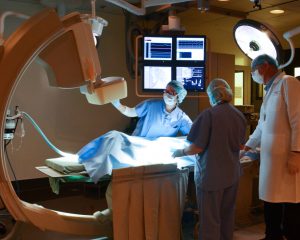Preclinical Implications for 3D Printed and Bioresorbable Medical Technologies
The phrase “personalized medicine” has been thrown about by so many for so long in healthcare as to defy definition: or require post graduate work in any one of dozens of specific clinical or technological fields. For the sake of brevity, 3D printing and bioresorbable material technologies are actively realizing personalized medicine in the…









